ANDREW KORYBKO
Acknowledging these contrasting narratives doesn’t automatically extend credence to them, but simply explains how explosive the latest controversy over that region’s military reorganization is becoming.
Ethiopia’s Amhara Region saw widespread protests in recent days in response to the federal government’s newly announced military reorganization of each region’s special forces. The central authorities claim that this is being carried out around the country in order to strengthen the national army, while a critical mass of Amhara’s residents believe that it’s either only being enforced on their own region’s special forces and/or risks making civilians vulnerable to ethnically driven attacks afterwards.
The larger context in which this is unfolding concerns the country’s post-war rehabilitation after November’s peace agreement with the TPLF ended two years of very fierce conflict. During that time, some preexisting identity differences between this civilization-state’s diverse people were brought back to the fore of national attention, especially issues concerning the Amhara. Some of them claim parts of the Tigray Region, and they’ve also recently been victimized by a spree of ethnically driven attacks.
These two preceding perceptions as well as the earlier one regarding the allegation that only the Amhara Region’s special forces are being reorganized right now are extremely sensitive in and of themselves, but they take on an even greater sensitivity when viewed from the perspective of some non-Amhara. A popular narrative that persists among some elements of society is that this group has historically been privileged and that certain forces among them allegedly pine to restore their leading role in the country.
Those who subscribe to these views might interpret the latest protests in the Amhara Region as a political power play vis-à-vis the federal government, which could in turn heighten the so-called “threat perception” that some non-Amhara have of nationalist forces in that part of Ethiopia. Acknowledging these contrasting narratives doesn’t automatically extend credence to them, but simply explains how explosive the latest controversy over that region’s military reorganization is becoming.
The federal government is therefore placed in a dilemma. On the one hand, continuing to enforce their planned military reorganization of the Amhara Region’s special forces could lead to more large-scale protests and even an insurgency in the worst-case scenario. On the other hand, however, backing down on these plans could further exacerbate the earlier mentioned “threat perception” that some non-Amhara have of nationalist forces in that part of Ethiopia and possibly prompt their own hybrid unrest.
The security situation throughout the country remains fragile due to some preexisting identity differences between its diverse people returning to the fore of national attention over the past two years, especially with respect to Amhara-Tigray and Amhara-Oromo tensions. These factors then blended with the contrasting victimization narratives of some Amhara and non-Amhara, which contributed to the rapid rate at which trust between them has broken down.
Further complicating matters is the powerful role of diaspora influence/interest networks in shaping the discourse of certain ethnic groups and/or the nation as a whole, some of which have goals that are incompatible with one another and/or with the federal government at this point in time. Mutual suspicions have predictably spiked, which is attributable to a combination of disinformation and ineffectively articulated policies that confused a lot of people, thus making them react out of fear.
It’s unclear where everything is headed, but responsible stakeholders at home and their sincere supporters abroad (irrespective of whether they’re part of the diaspora or not) should hope that the situation de-escalates as soon as possible. It’s impossible for any solution amidst this complex confluence of interests to satisfy every party’s political demands, but the best that can happen is for stability to return as soon as possible in a way that credibly ensures everyone’s security.
For that to happen, there needs to be a restoration of trust between the federal government and those critical mass of protesters in the Amhara Region, after which they must be careful not to inadvertently worsen the “threat perception” of non-Amhara groups. This is a purely internal matter for the Ethiopian people to resolve themselves without any foreign meddling, which can be advanced by relevant representatives urgently meeting to work out their extremely sensitive differences of perception.

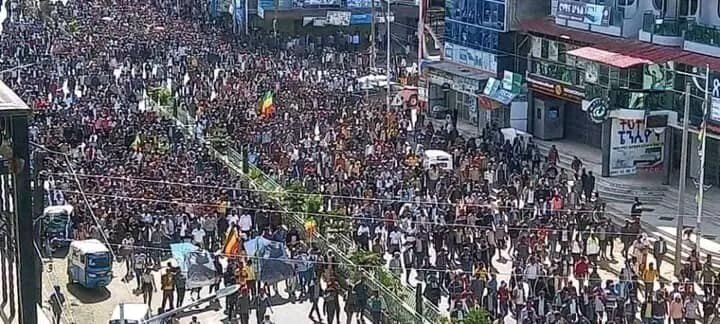
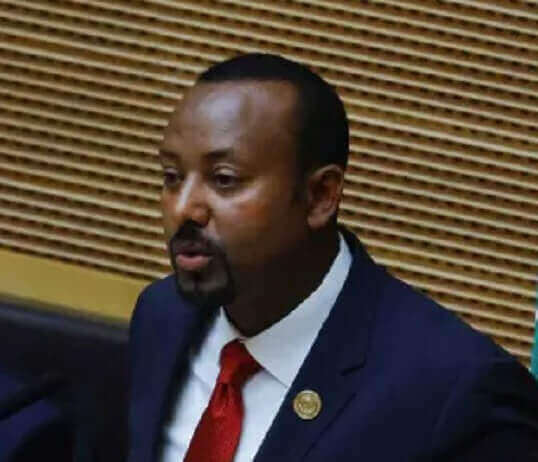
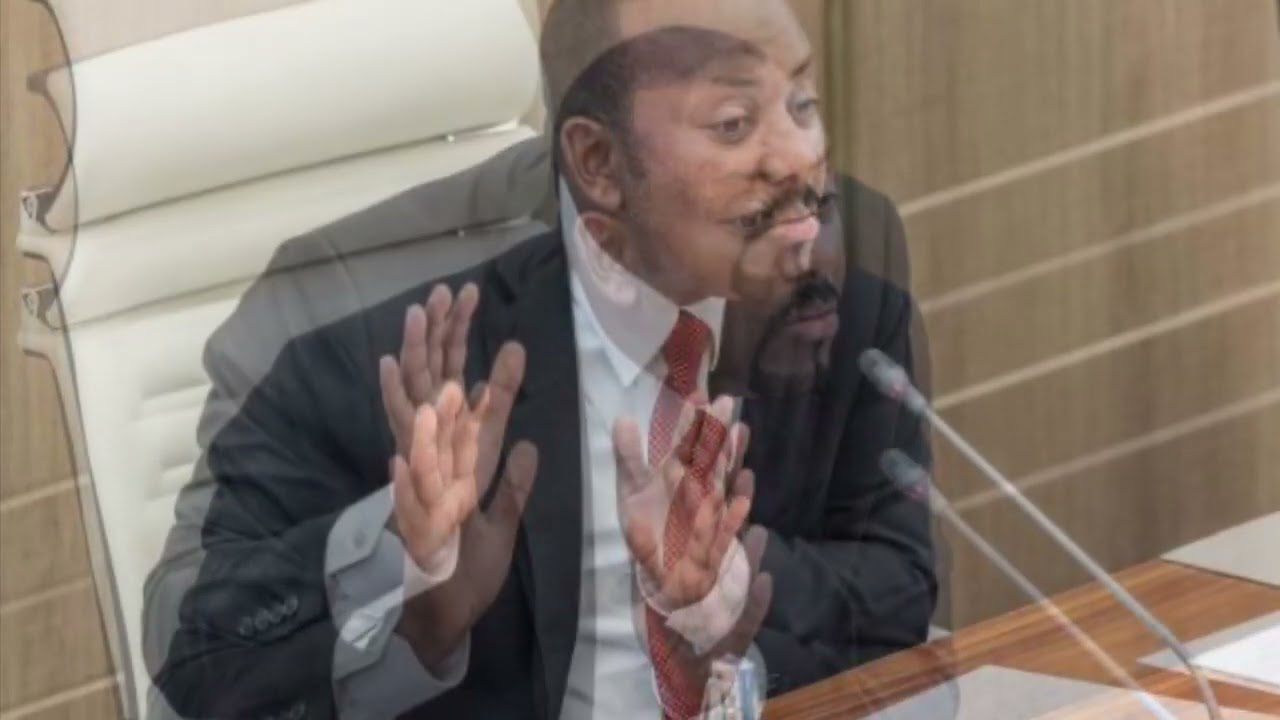
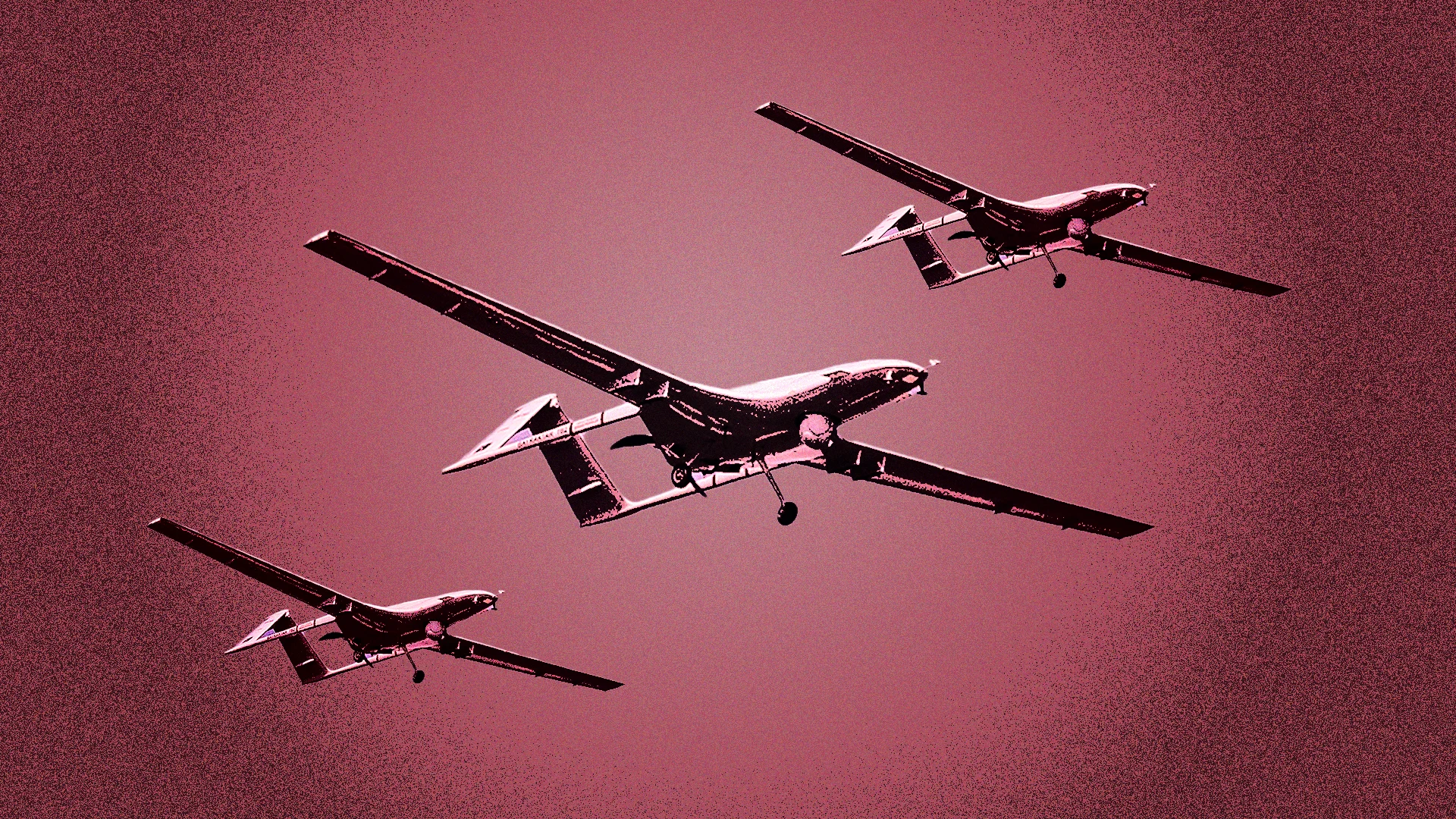
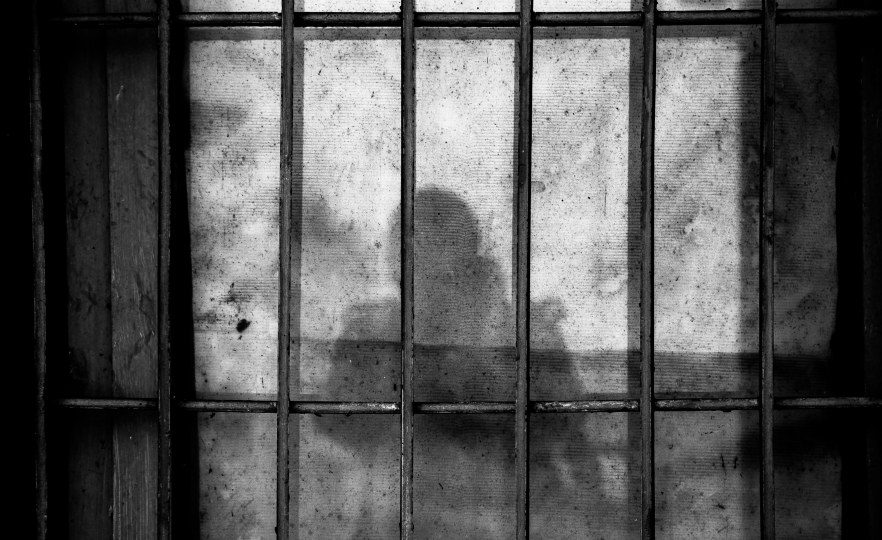
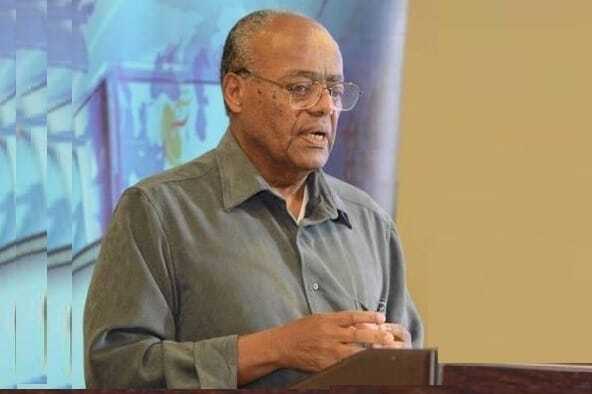
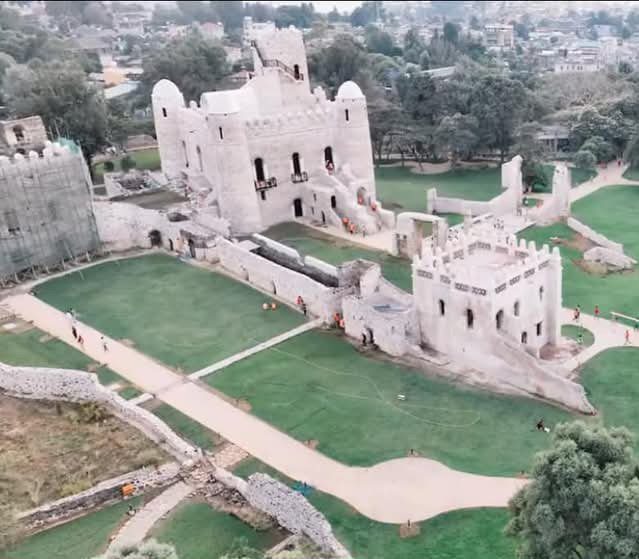


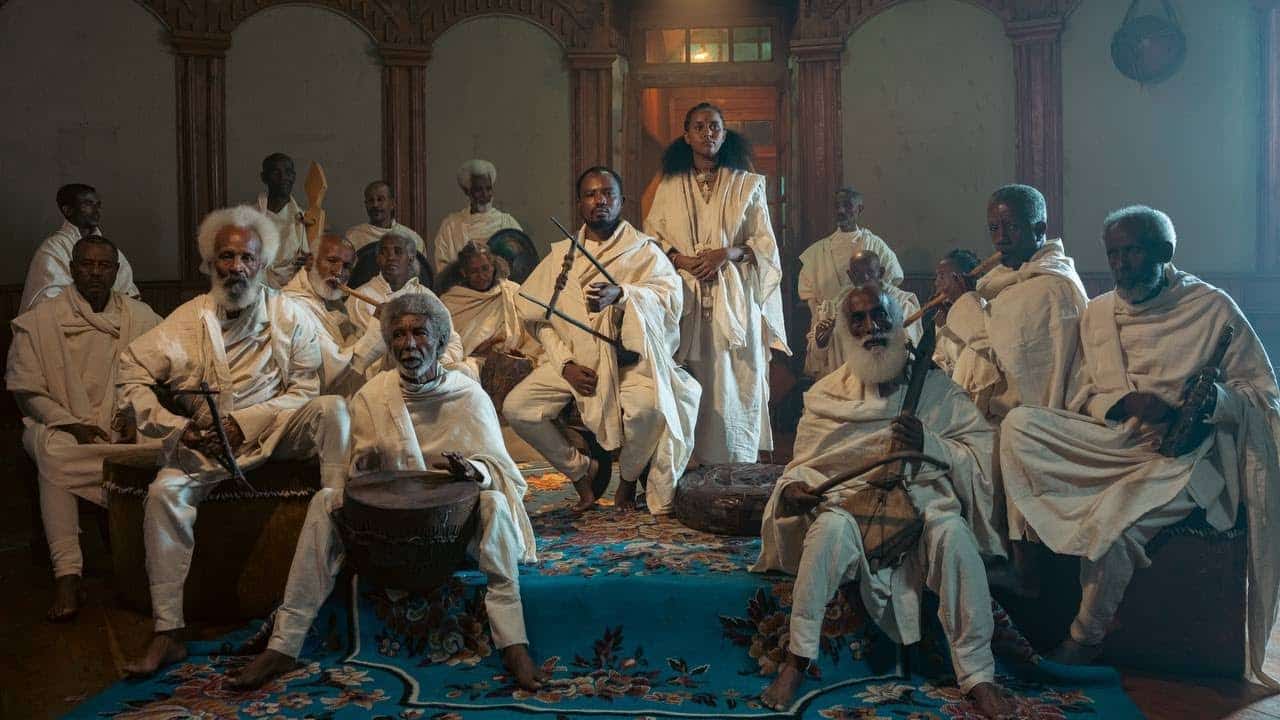
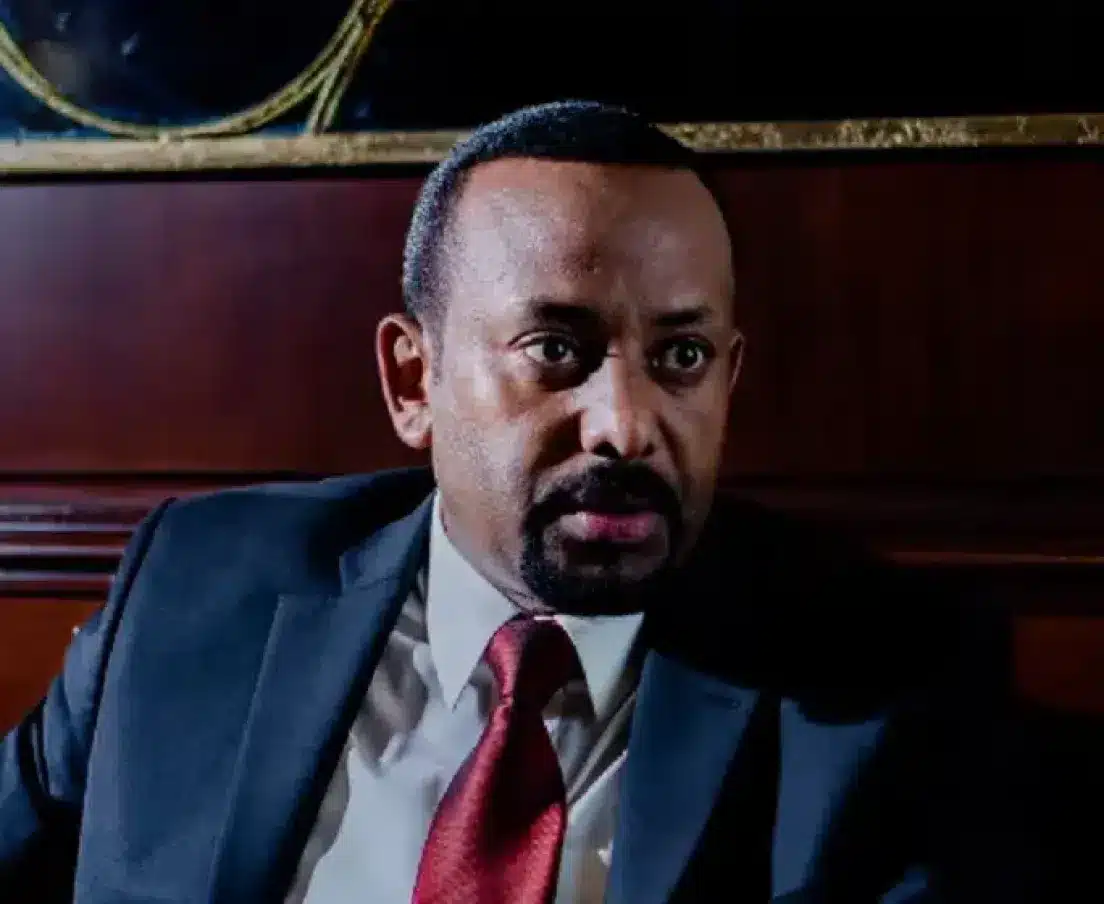
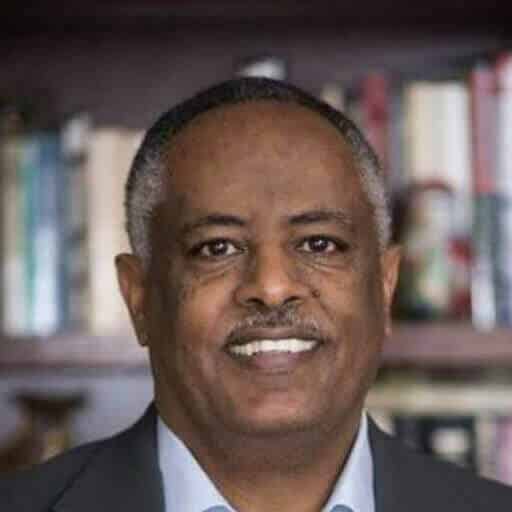
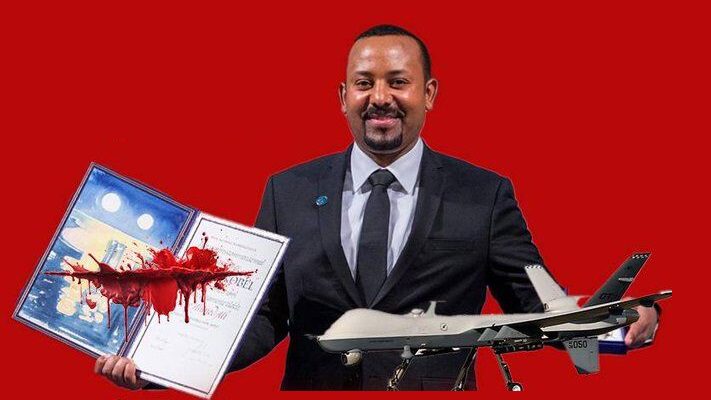
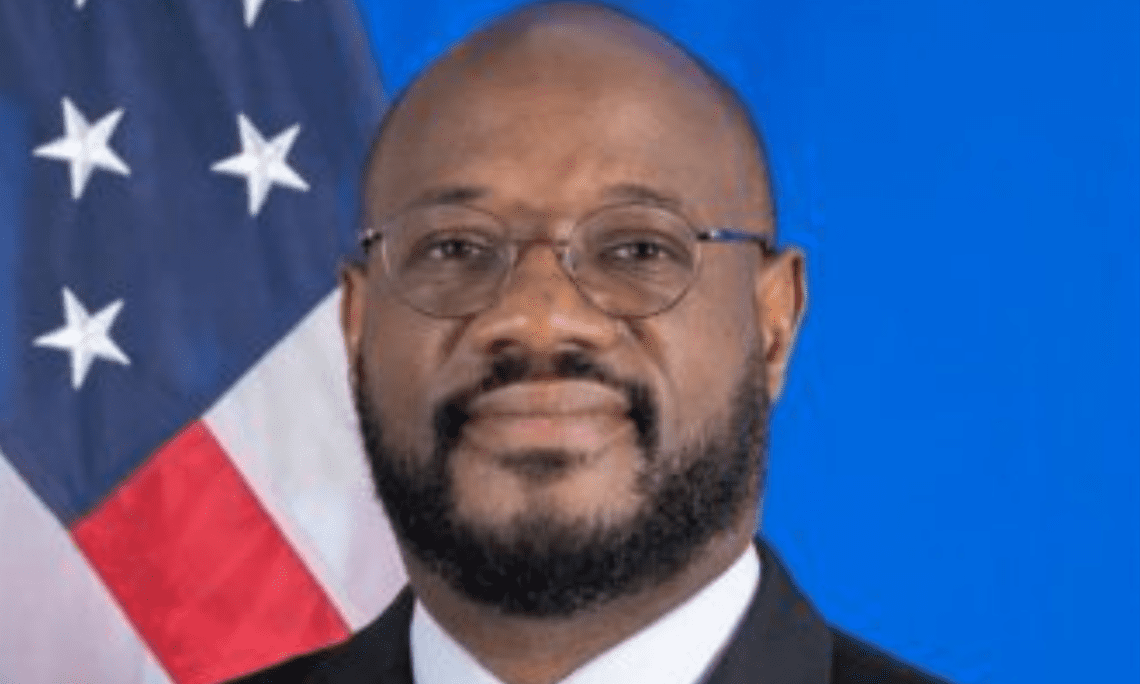

Good advice. Let the Fed postpone the decision and engage in dialogue.
The Amhara have been victims of Tplf and olf for the last 40 years when these forces controlled state power in Ethiopia after ousting the death/military regime. All of the victimisation of Amhara is based on false narratives, lies and fabricated stories about the Amhara that these two groups manufactured in order to justify the genocide, ethnic cleansing , mass murder , eviction these groups committed against amharas. The Amhara region has been exposed to economic and social degradation which has been getting worse especially in the last 5 years since the olf controlled regime of Abiy Ahmed. came to power. The region is still trying to recover from invasion by Tplf( Tigray people liberation front) which took place last year. The Federsl government was unable and unwilling to repel the Tplf attack until Tplf advanced to the vicinity of the capital , Addis Abeba . It was only when Tplf was getting close to Amados Abeba, and threatened its power , that the regime called on the country to respond the Tplf attack. By this time Tplf had caused total devastation of the Amhara region as they advanced to Addis Abeba and the regime made no attempt to protect the people. Due to lack of weapons and organisation the Amhara could not do much to protect themselves. Tplf invaded the region three times and caused damage that will take a decades to recover from. About a million people lost their lives in this war.
It is on this background that the Amhara felt that they needed to organise and protect themselves. The regime has shown repeatedly that it was not interested to protect the people. The federal army did not offer any resistance to Tplf , instead the army was told to retreat leaving the people. defenceless.
The cause of the current Amhara resistance is the regimes attempt to disarm the Amhara special forces set up to defend the people from attack. It is not to reorganise the military areas the regime claims. If that was the case , why did it suddenly become necessary to do it when the Amhara protest begin.? Why is it that the Amhara forces are targeted ahead of every other force? It the so called oromo region Olf has been training soldiers and recruiting for the last 5 years on the support of government . This group has been freely robbing banks, moving freely throughout the region burning towns and villages and committing genocide and ethnic cleansing of amharas and other groups from the oromo region. The government has done nothing to stop it . Law and order is none existent in the region. It is a play ground for olf and the hundreds of thousands of oromo special forces trained , armed by the regime.
It is not justifiable to target the Amhara to disarm on the false snd deceiving context of reorganising the army. It has nothing to do with this. The aim of the regime is to render the Amhara defenceless and make it easier for the regime to control and subdue the people .
I do not think the current situation in Ethiopia requires a political analyst of your stature: because it is very simple and straightforward. Notwithstanding the government’s propaganda of reorganization, everybody knows that what it has set out to do is disarm and disband/ dissolve the Amhara special forces. It does not matter if some of them are to be made Abiy Ahmed’s personal body guards or some sent to Langley, VA for a special training in espionage. What matters is that there will no longer be an entity called the Amhara Region Special Force. Dissolution could not in any manner be called reorganization. No need to obfuscate. Need to call it by its name.
Secondly, the Amhara Regional Force is being dissolved unilaterally by the Oromo dominated government of Abiy Ahmed while, at the very same time, the Oromo Regional force is being strengthened with fresh recruits and weapons imported in the name of the National Defense Forces. Moreover, the Tigray Regional Forces that recently invaded both the Amhara and Afar regions, have not disarmed: a blatant abrogation of the Pretoria Peace deals. It is in the context of these two regional forces with track records of massacring Amhara civilians; and the Oromo dominated National Defense Force, with track record of leaving Amhara civilians defenseless in the face of genocidal attacks, that the Amhara regional force is requested to disarm and disband.
The writer does not need to drag historical baggage to confuse a very simple matter. If the writer chooses to go into history, he would then have to disclose the stated intent of the radical Oromo (Abiy Ahmed et al) to fulfill the ancestral project of swallowing all East African tribes to create a pan-Oromo nation that stretches from Qarora in Eritrea to Mombasa (Bobbaasaa, according to OLF) in Kenya. The Amhara are seen as an obstacle in realizing this dream; thus deserving a Final-Solution-like treatment in accordance with the German protestant patrons’ cultivation.
We don’t need ‘analysis’ by a faceless Snowden companion and tell us what to think and what to do. This is not the first I see articles chicken scratched by this Putin’s messenger boy.